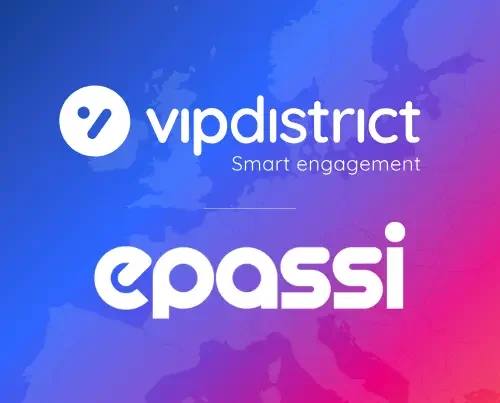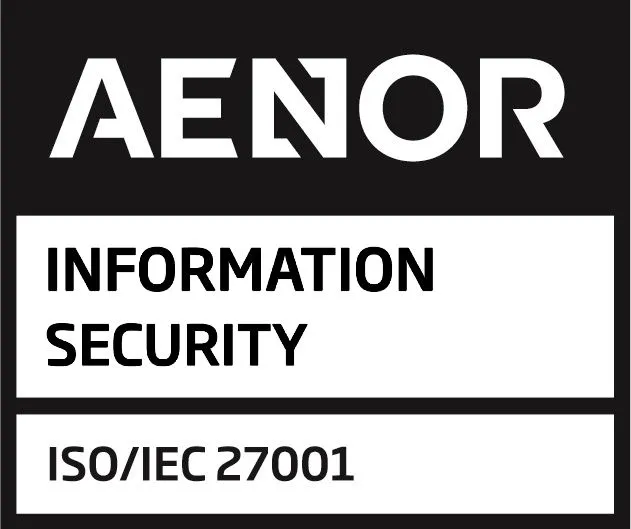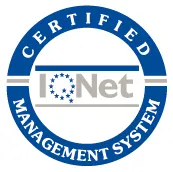
Meta (formerly known as Facebook) surprised the corporate world by announcing the shutdown of Meta Workplace, its digital platform for business collaboration and communication. This announcement caused a stir among users, who suddenly found themselves forced to look for alternatives to Meta Workplace to keep internal communication and workflows running smoothly.
Table of Contents
The end of Meta Workplace raises questions about the reasons behind this decision, the consequences for companies that depended on the platform, and what options are available on the market to replace it. In this article, we’ll explore these aspects in detail and analyze what companies are looking for in a digital workplace platform.
Why did Meta decide to shut down Workplace?
Although Meta did not provide a detailed explanation in its official statement, several key reasons can be identified behind the decision to discontinue Meta Workplace.
- Strategic focus on the metaverse: Since rebranding in 2021, Meta has made it clear that its main priority is the development of the metaverse. This strategic bet has required a significant investment of both financial and human resources, which may have led the company to scale back projects not directly aligned with this vision. While popular with some businesses, Meta Workplace was not directly related to building the metaverse, making it a secondary priority.
- Intense competition in the digital workplace market: The digital workplace space has grown exponentially in recent years, particularly with the widespread adoption of remote work. Meta Workplace faced fierce competition from established players like Microsoft Teams, Slack, and Google Workspace, which positioned themselves with advanced features and deeper integration with essential business tools. Despite Meta’s efforts, the platform never gained enough market share to justify its continuation.
- Lack of significant differentiation: A recurring criticism of Meta Workplace was its lack of differentiation from other corporate social networks. Many companies saw it as an extension of Facebook, which created resistance to adoption, as they preferred more specialized business tools. Additionally, the fact that Workplace relied on Facebook’s infrastructure raised concerns about privacy and the handling of sensitive data.
Consequences of the shutdown of Meta Workplace
The shutdown of Meta Workplace implies several challenges for companies that relied on it for daily operations. Some of the main consequences include:
- Disruption in internal communication: For many organizations, Meta Workplace had become a central tool for messaging, community building, and project collaboration. Its discontinuation forces users to migrate to other platforms, creating a transition period that may result in a temporary loss of efficiency and team cohesion.
- Loss of data and content: One of the biggest concerns when a digital platform shuts down is data migration. Companies using Meta Workplace need to ensure they can export all stored information, including messages, files, and shared documents. Without proper transition planning, they risk losing valuable information that could affect operations.
- Reconfiguration of processes and workflows: Companies will need to redesign certain workflows that relied on Workplace. This process can take time and require additional training for employees, creating costs in terms of both time and money. Moreover, adopting new tools often requires teams to adapt to new interfaces and functionalities, potentially slowing productivity in the short term.
When will Meta Workplace shut down?
Meta announced a phased shutdown: until August 31, 2025, Workplace will operate normally; then, between September 1, 2025, and May 31, 2026, it will switch to read-only mode to allow companies to export their data; finally, on June 1, 2026, all content will be deleted and the platform will be completely shut down.
What alternatives to Meta Workplace are available?
Some of the most notable include Vip Connect, Microsoft Teams, Slack, and Google Workspace, along with project management tools like Asana or Trello.
What is the best replacement for Meta Workplace for my company?
It depends on your needs. If you’re looking for an all-in-one internal communication tool with e-learning, events, and feedback features, Vip Connect is a very complete option.
Vip Connect: an alternative to Meta Workplace
Among the alternatives to Meta Workplace, one strong option is Vip Connect, a multifunctional platform designed to transform internal communication and ensure that employees feel connected and supported. It is not just a channel for messages or suggestions; it is a comprehensive space where content, training, events, and interactive tools converge to foster engagement and belonging across the organization.
The platform allows companies to share and organize a wide variety of content: news, documents, scheduled activities, greetings, and more, all accessible from any device thanks to its mobile-first design. Vip Connect also includes e-learning features, enabling organizations to create their own internal training programs, supporting continuous employee development directly within the platform.
The event manager automates registrations, reminders, and waiting lists, ensuring a smooth and professional experience for all participants. Vip Connect also integrates custom mailboxes to receive requests, suggestions, and even whistleblowing reports, creating secure communication channels as part of a broader ecosystem. On top of this, advanced survey systems allow companies to collect real-time feedback and adapt to changing team needs.
A major differentiator is the integration of artificial intelligence to support content creation and automatic translation, making communication faster, more accessible, and more effective in multilingual environments.
| Feature | For Employees | For HR Management |
| Content & communication | Access to news, documents, and communication channels from any device; active participation. | Easy publication and organization of relevant company-wide information. |
| Internal training (e-learning) | Easy access to personalized courses and training; continuous professional development. | Ability to create and manage internal training in an agile, centralized way. |
| Event management | Simple registration, automatic notifications, and waiting lists; smoother participation. | Full process automation, improving tracking and organization. |
| Custom mailboxes | Secure channels for suggestions, requests, and whistleblowing, building trust and transparency. | Tool for collecting feedback and handling sensitive communications in compliance with regulations. |
| Survey system | Employees can share opinions and feel heard in decision-making. | Quick, simple collection of valuable data for strategic decision-making. |
| Artificial intelligence | Access to content in multiple languages. | Optimizes content management and multilingual communication. |
| Mobile-first design | Easy access from any device, ideal for frontline or non-desk employees. | Ensures company-wide reach, regardless of location or device. |
Other alternatives available in the market
The digital workplace market offers many robust options for business communication and collaboration. After Meta’s announcement, companies have been evaluating replacements. Some of the most popular include:
- Microsoft Teams: Integrated into Microsoft 365, Teams combines chat, video calls, file storage, and seamless integration with apps like Word, Excel, and PowerPoint. Its flexibility and project management integrations make it suitable for companies of all sizes.
- Slack: A widely used platform for real-time messaging, Slack is known for its intuitive interface and broad app integrations (e.g., Google Workspace, Trello, Zoom), helping teams communicate effectively through channels and direct messages.
- Google Workspace: Formerly G Suite, Google Workspace offers Gmail, Google Drive, Docs, Meet, and Chat to enable real-time collaboration. It is especially suitable for companies already invested in the Google ecosystem.
- Asana and other project management tools: Platforms like Asana, Trello, or Monday.com help teams organize tasks, assign responsibilities, and track progress. While they don’t replace communication tools, they integrate well with Slack or Teams for a complete solution.
What are companies looking for in a digital workplace platform?
The shutdown of Meta Workplace has pushed organizations to rethink their needs and expectations. Companies now prioritize platforms that offer more than just chat or video calls, including:
- Integration and automation with existing tools like CRMs, ERPs, or project management systems.
- Security and data privacy, with strong encryption and GDPR compliance.
- Flexibility and customization, adapting workflows and notifications to company culture.
- Real-time collaboration, supporting remote and hybrid work environments.
- User experience, ensuring the platform is intuitive and easy to use for all employees.
Time for companies to make a choice
The end of Meta Workplace not only marks the close of an era but also opens opportunities for companies to explore solutions more aligned with today’s needs. In such a competitive market, organizations must prioritize flexibility, security, and real-time collaboration when choosing their next digital workplace platform.
Is this the right time to reevaluate your own digital infrastructure?
New to Vip District? Contact us and find out what our platform has to offer!








